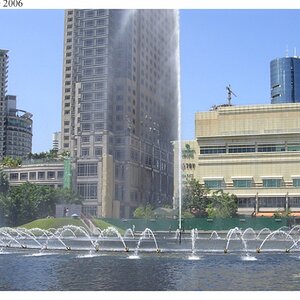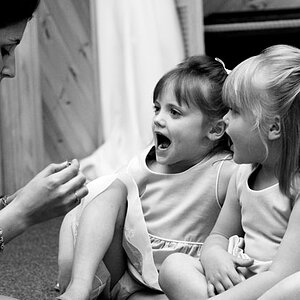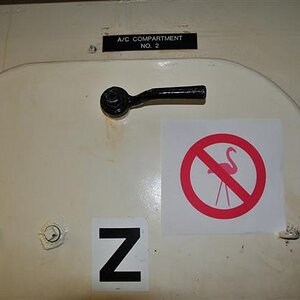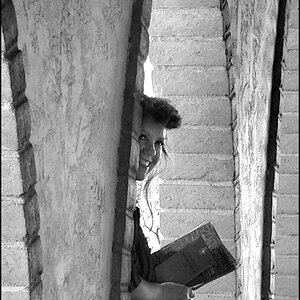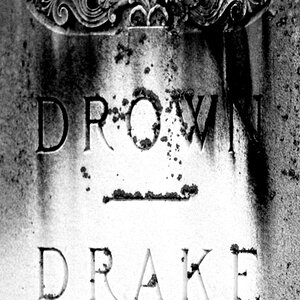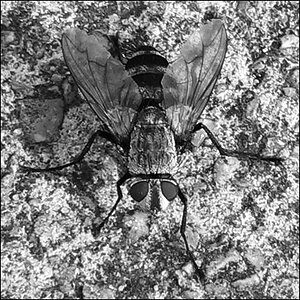NewAgeVisions
TPF Noob!
- Joined
- Jun 6, 2010
- Messages
- 12
- Reaction score
- 0
- Location
- St. Louis
- Can others edit my Photos
- Photos NOT OK to edit
I'm thinking of trying the Canon 85mm F1.2 with the T2i. Reason. Low light usage and 135mm factor with the smaller chip.
Used at night or in clubs or at concerts it's a nice tele and gets you closer with great low light usage.
Out you throw a filter on it if it's bright and still have a great lense. Walk inside to do a quick shoot. Take filter off and back to 1.2F.
Just wondered if anyone had tried using one as there standard go to lense?
Nice compliment is the 17-55mm 2.8F. But it's also nice to just carry one camera and lense. Although, a beefy lense. But, with the low light for inside avail light shooting sounds great. Toss a expandable reflector in your pocket and nice set up. Or use avail walls for the fill.
Anyway, just wanted to hear some chatter on it.
Thanks.
Used at night or in clubs or at concerts it's a nice tele and gets you closer with great low light usage.
Out you throw a filter on it if it's bright and still have a great lense. Walk inside to do a quick shoot. Take filter off and back to 1.2F.
Just wondered if anyone had tried using one as there standard go to lense?
Nice compliment is the 17-55mm 2.8F. But it's also nice to just carry one camera and lense. Although, a beefy lense. But, with the low light for inside avail light shooting sounds great. Toss a expandable reflector in your pocket and nice set up. Or use avail walls for the fill.
Anyway, just wanted to hear some chatter on it.
Thanks.



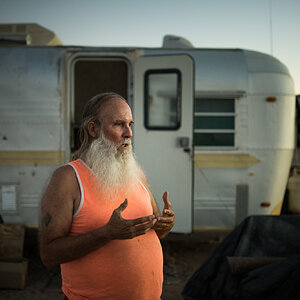
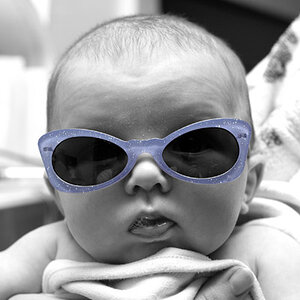

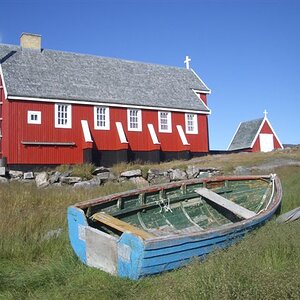
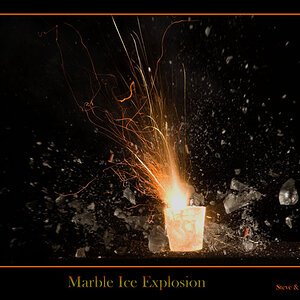
![[No title]](/data/xfmg/thumbnail/32/32953-da4fe78e854d5dbe210d58591ccf42d4.jpg?1619735787)
